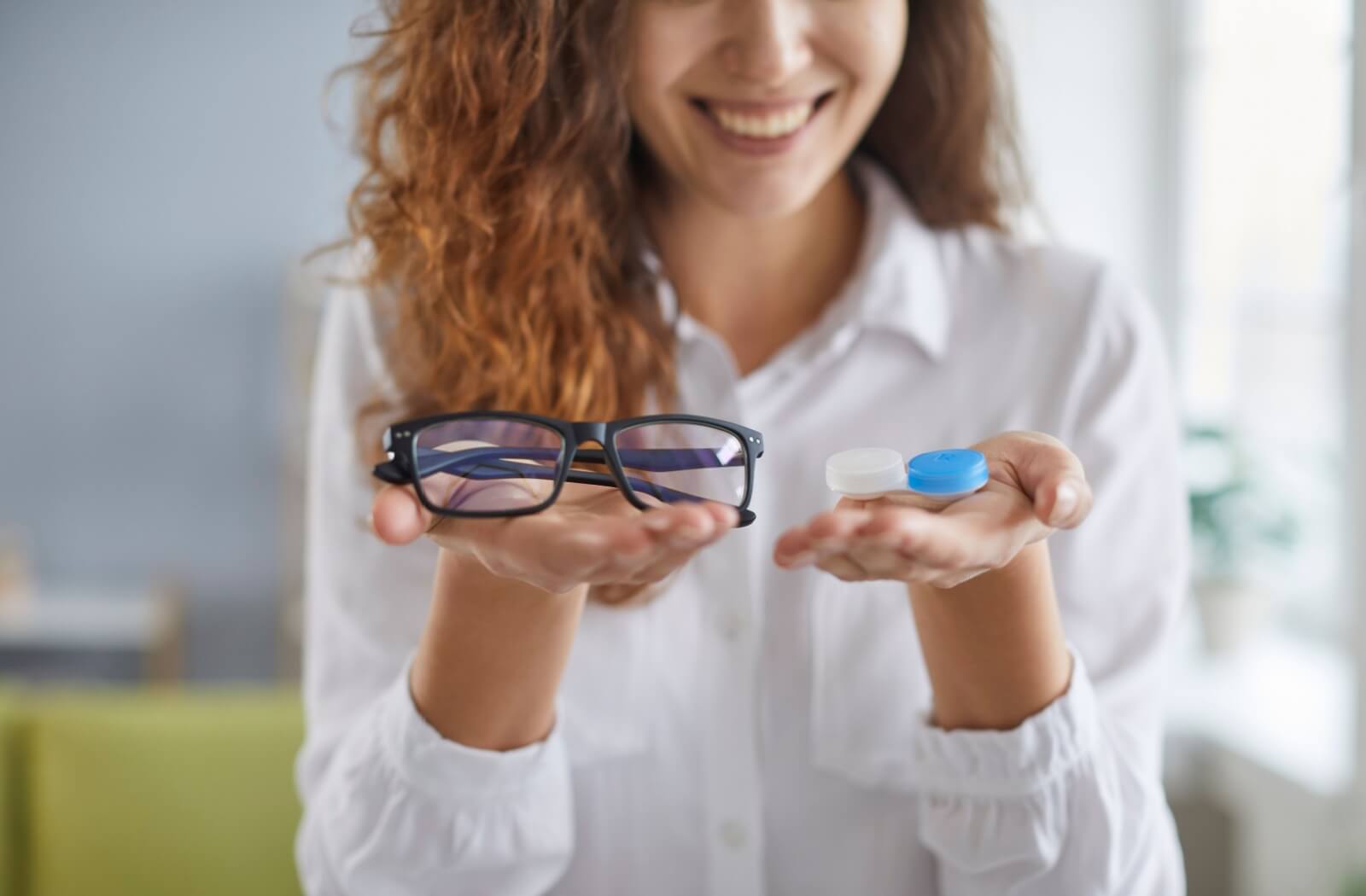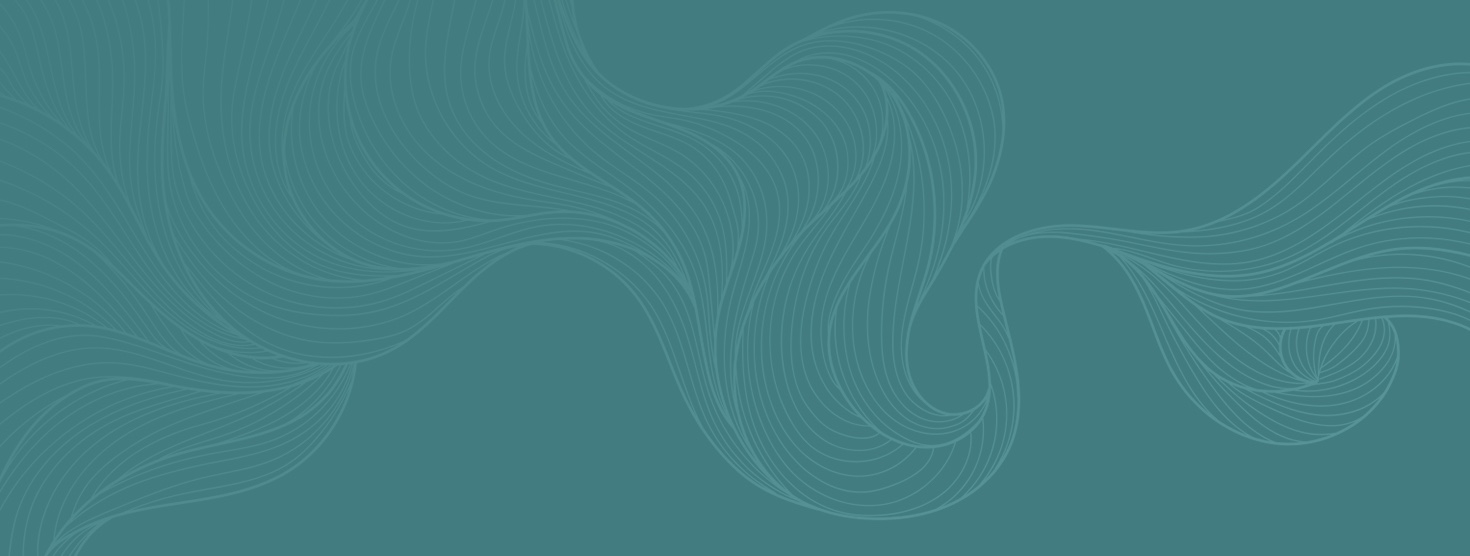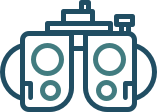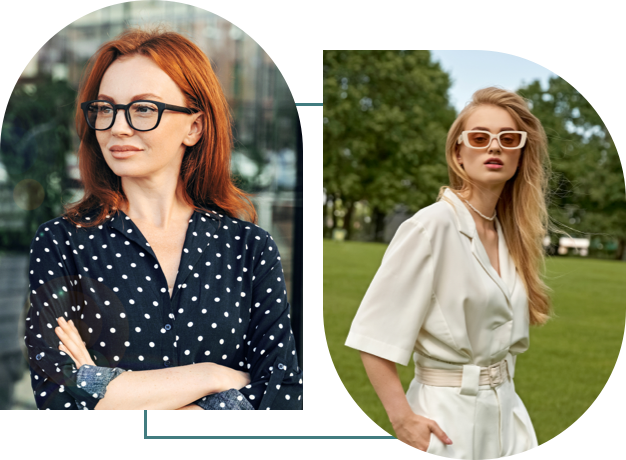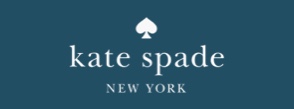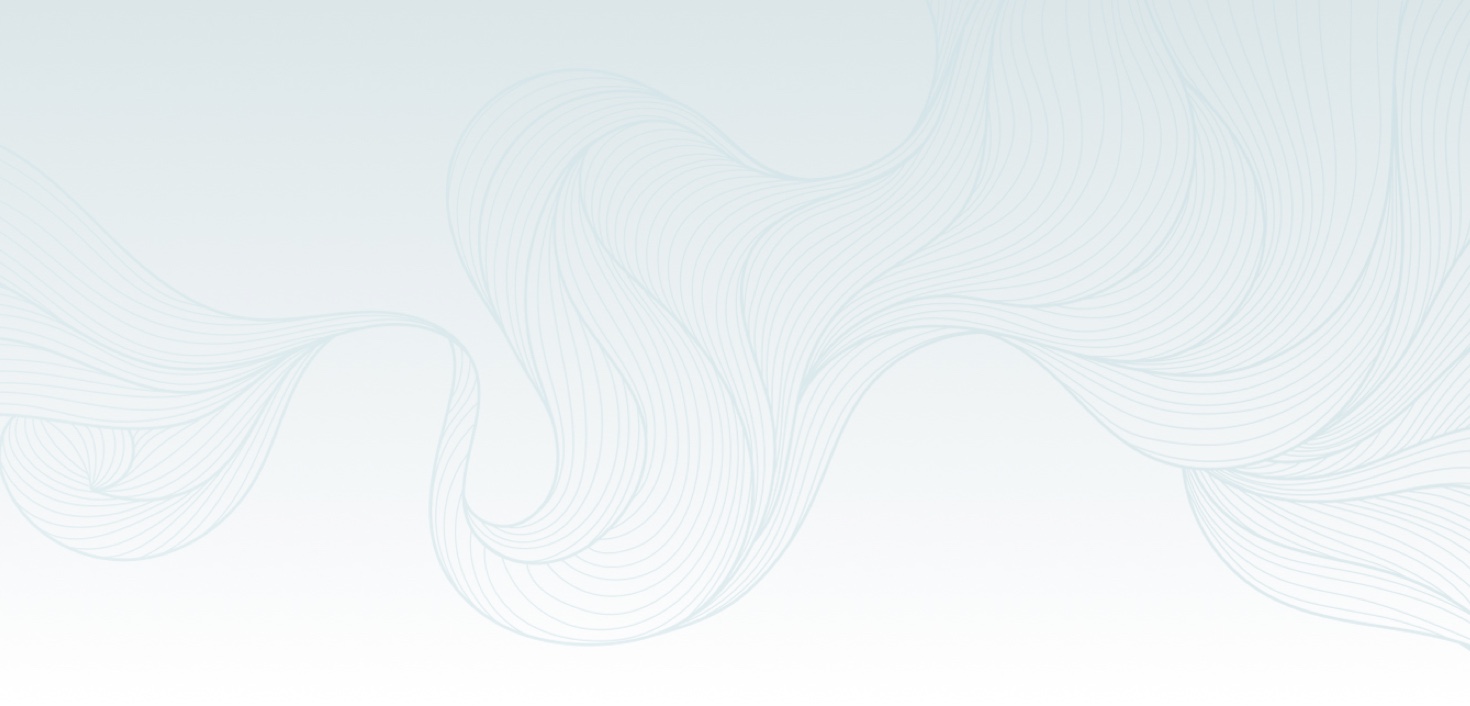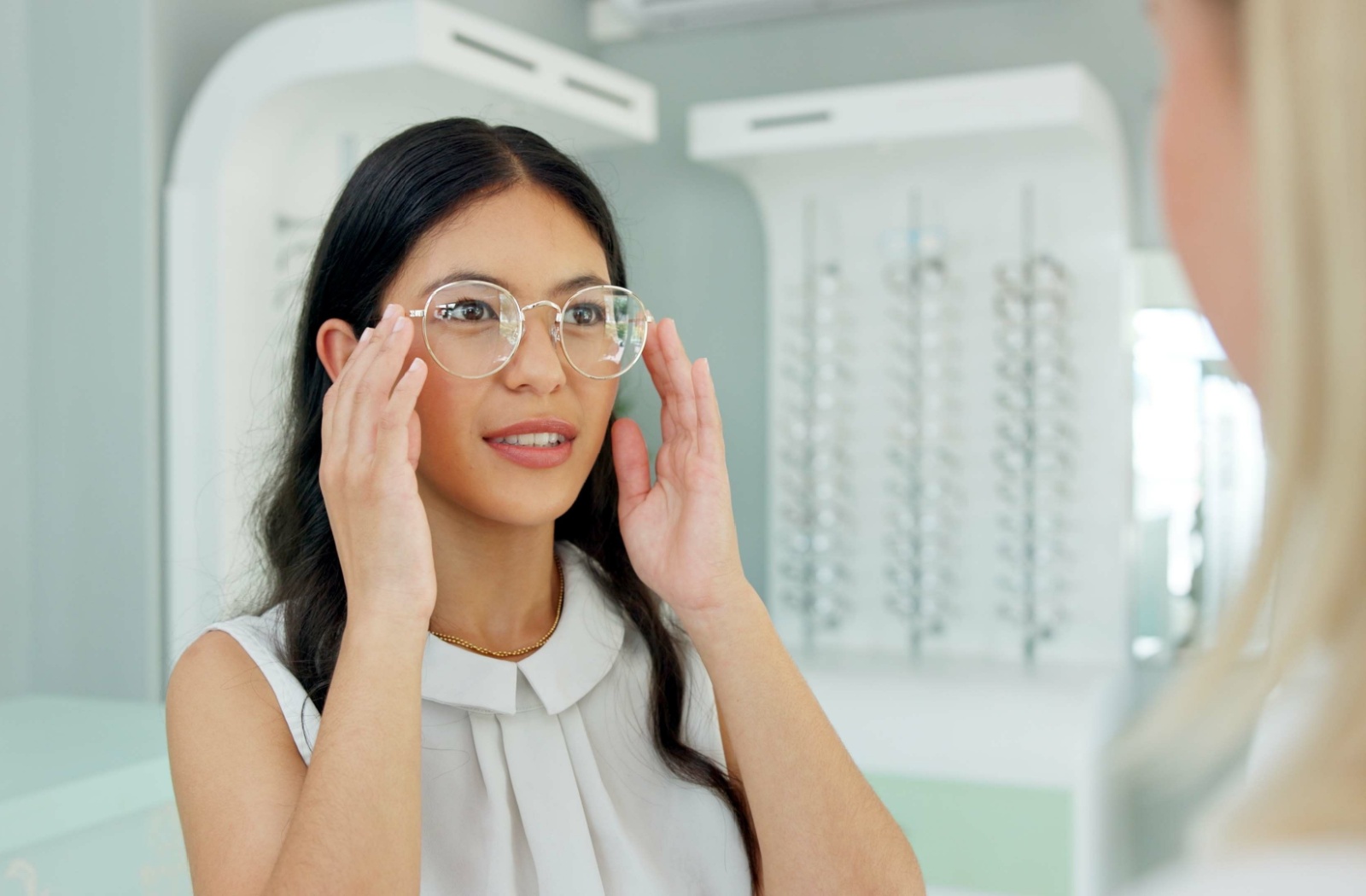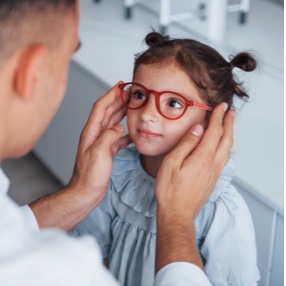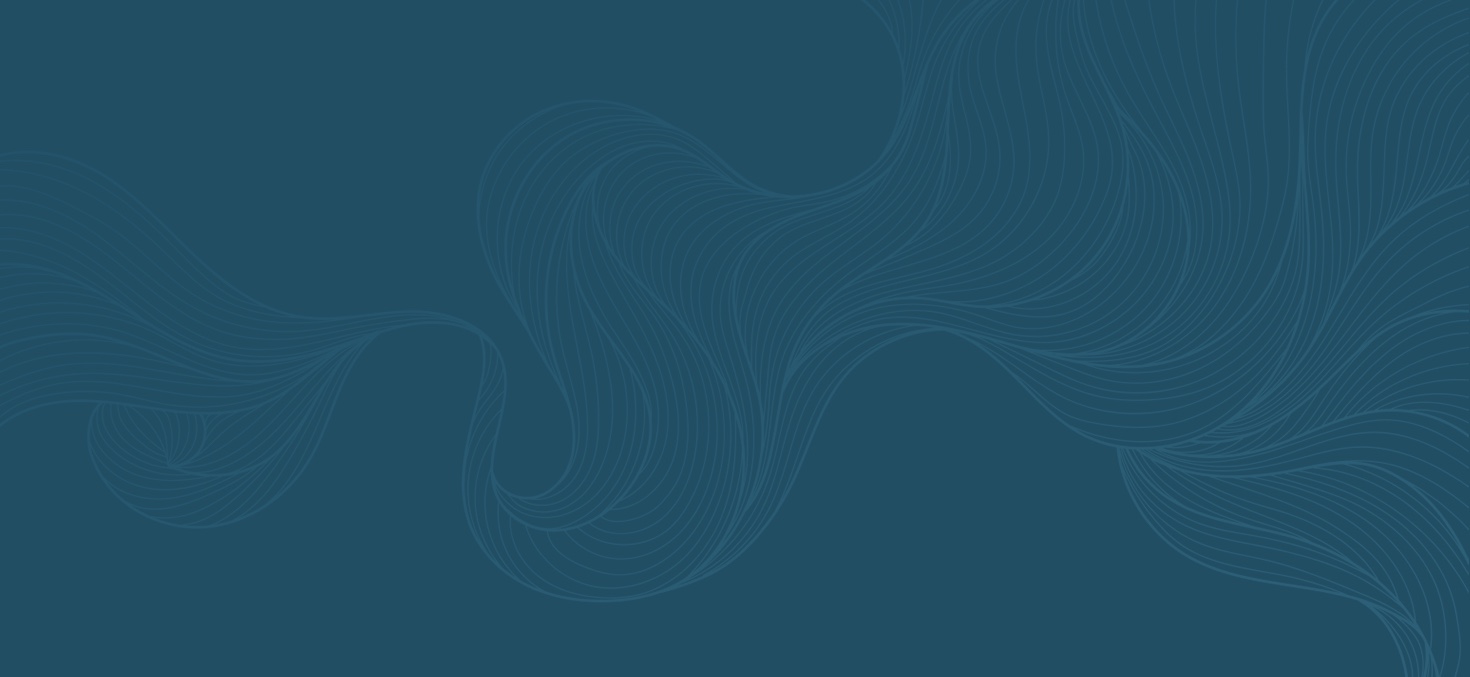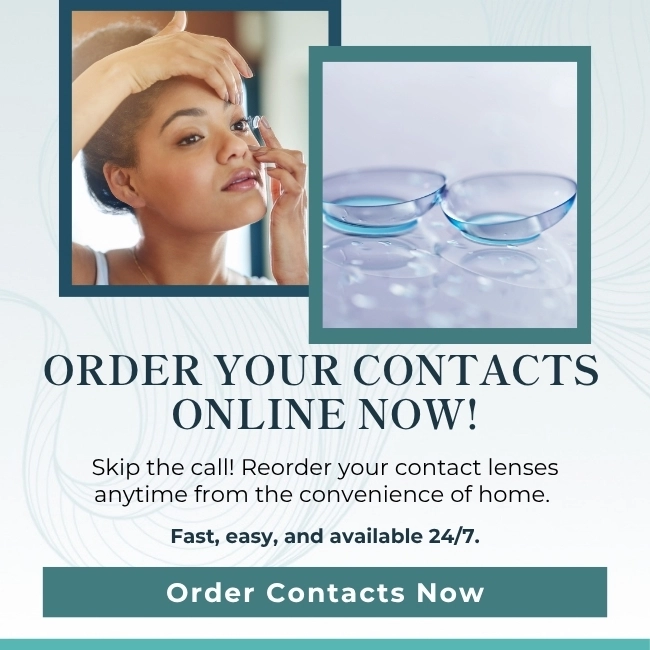Thinking about making the switch from glasses to contact lenses? If so, you might assume that you can use your current glasses prescription to order contacts.
However, it’s not quite that simple. Prescriptions for glasses and contact lenses are different, and you cannot use them interchangeably. If you’re interested in switching to contacts, you’ll actually need a contact lens fitting to work out your prescription and ensure that your lenses are comfortable.
Why Glasses & Contact Prescriptions Are Different
The main reason for the difference is simple—distance. Your glasses sit about 12 millimetres away from your eyes, and they’re held in place by a frame. This small gap changes how light focuses as it enters your eye.
Contact lenses, on the other hand, rest directly on the surface of your eye. With no distance between the lenses and your eye, the power required to correct your vision changes. This is especially true for stronger prescriptions, where even a small adjustment can make a big impact on clarity.
Because of this fundamental difference, we need to perform slightly different tests for each kind of corrective device. One is for creating lenses that sit away from your eyes, and the other is for lenses that sit right on them. Each requires its own prescription.
What Your Glasses Prescription Specifies
A prescription for glasses contains all the information needed to craft the eyeglass frames and lenses that will sit properly and correct your vision. These measurements include:
Key Measurements for Your Glasses
- Sphere (SPH)—This indicates the main lens power needed to help you see clearly, whether you have trouble with objects far away or up close.
- Cylinder (CYL) & Axis—These two values work together to correct astigmatism, a common condition related to how the front surface of your eye is shaped.
- Add—This is any additional magnifying power included in bifocal or progressive lenses to help with reading and other close-up tasks.
What Makes a Contact Lens Prescription Different
A contact lens prescription includes several measurements that you won’t find on a prescription for glasses. These extra details are all about the fit. Since the lens interacts directly with your eye, we need to make sure it’s comfortable, provides stable vision, and meets Health Canada’s safety guidelines.
Extra Measurements for a Proper Fit
- Base Curve (BC)—This measurement describes the curvature of the contact lens. It’s designed to match the curve of your cornea for a snug and safe fit.
- Diameter (DIA)—This is the width of the contact lens from edge to edge. It determines how the lens sits on your eye and covers the right area.
- Lens Brand & Material—The prescription also indicates the lens type of your prescription. Different materials affect things like oxygen flow and moisture, so we choose one that works for your eyes and lifestyle.
The Science Behind the Different Prescriptions
The differences in power and fit are not just minor details—they are based on how your eyes work with a corrective lens. This is why a detailed fitting is so important for anyone who wants to wear contact lenses. Let’s look a little closer at why these details matter.
The Distance from Your Eye Changes Everything
That small gap between your glasses and your eyes significantly alters the lens power needed to focus light properly. Because contact lenses have no gap, the power often needs to be adjusted. This is why the sphere number on your contact lens box might look different from the one on your glasses prescription.
A Custom Fit for Your Eye’s Shape
No two eyes are exactly alike. A lens that is too flat or too steep can cause discomfort, lead to blurry vision, or even move around on your eye. A contact lens fitting lets us find the base curve and diameter that are just right for you.
A Different Approach to Vision Correction
Correcting vision issues like astigmatism or the need for reading support works differently with contacts. You may use specialty contact lenses like toric lenses, which are shaped to correct astigmatism, or multifocal contacts that help with both near and distance vision. These require a different fitting approach than glasses do.
The Importance of a Contact Lens Fitting
You cannot use your glasses prescription to order contact lenses online or in a store. You’ll need a separate contact lens exam and fitting with an optometrist. This process is designed to protect your vision and make sure your experience with contacts is a positive one.
During a fitting, we take measurements of your eye’s surface and evaluate your tear film to find a suitable lens. We then have you try on a pair of trial lenses to check your vision, comfort, and the lens movement. This allows us to make any adjustments before finalizing the prescription.
You’ll also learn how to properly insert, remove, and care for your lenses. Following your optometrist’s instructions for wear and care of your lenses in order to help keep your eyes healthy.
As your optometrist in Guelph, our focus is on providing you with clear vision and long-term comfort.
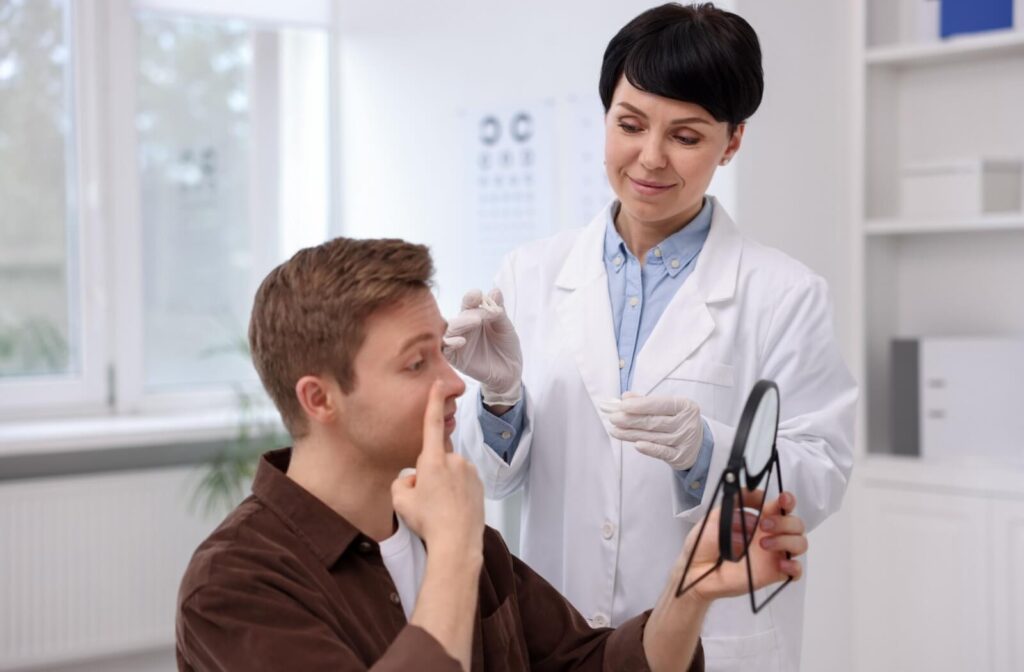
Find Your Fit with an Optometrist in Guelph
Whether you’re new to contact lenses or a long-time wearer, a professional fitting is the first step toward clear and comfortable vision. An eye exam confirms your eye health, while a contact lens fitting finds the right size and type of lens for your lifestyle. Your vision is a key part of your daily life, from studying for exams to navigating a busy family schedule.
At Clarity Optometry & Vision Care, we’re here to support the Guelph community with personalized care. We take the time to understand your needs and help you find a vision solution that fits your life. If you’re ready to see if contacts are right for you, book an appointment with an optometrist in Guelph to get started.

